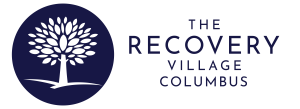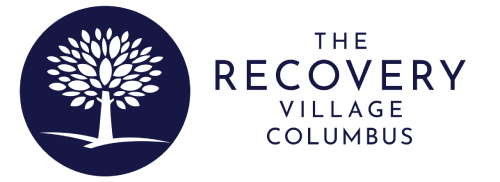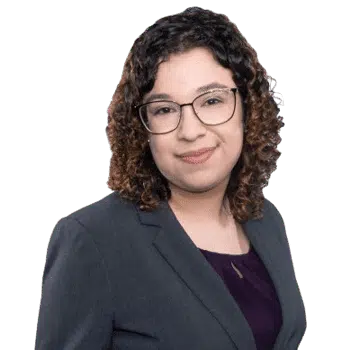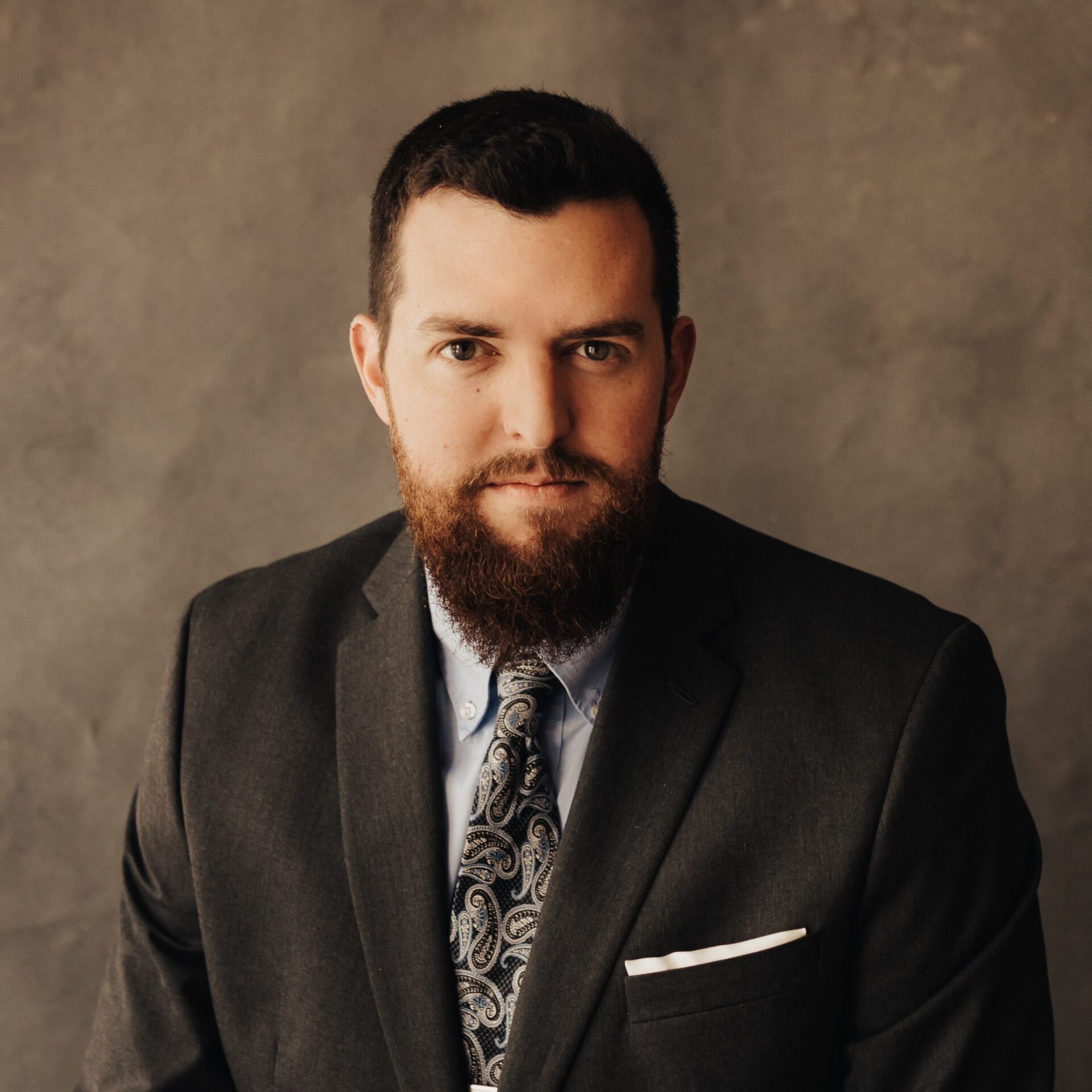People who are prescribed opioids may be surprised to also receive a medication called Narcan (naloxone). Narcan is a nasal spray medication that is used to counteract the effects of an opioid overdose.
Opioids are used as prescription pain medications or misused recreationally for the high they can provide. An opioid overdose can cause life-threatening symptoms, including the inability to breathe. Opioid overdose deaths are an epidemic. In the U.S, 49,860 people died from an opioid overdose in 2019. Ohio has been hit particularly hard: the state has the fourth-highest rate of opioid overdose deaths in the country.
Narcan Uses
Narcan is used for one reason — to counteract the effects of opioids in the body. Opioids interact with receptors in the brain called opioid receptors. The interaction between opioids and opioid receptors is what causes the symptoms of opioid use.
Narcan’s primary ingredient naloxone is a molecule that also attaches to opioid receptors, blocking other opioids from the receptors. However, naloxone does not activate these receptors as opioids do. Since opioid receptors can no longer be activated, the opioid’s effects are lessened and prevented while naloxone remains in the body.
This Season, Give Yourself the Gift of a Fresh Start.
Whether you are struggling with addiction, mental health or both, our expert team is here to guide you every step of the way. Don’t wait— reach out today to take the first step toward taking control of your life.
Narcan is primarily used when someone is overdosing on opioids. Excessive opioid use can lead to several dangerous opioid overdose symptoms, including:
- Slow or absent breathing
- Sluggishness or no response
- Inability to speak
- Vomiting
- Pale skin
- Limpness
- Blueness around the mouth
If you believe someone you know is experiencing an opioid overdose, you should:
- Immediately call 911.
- Place the person in the recovery position in case they start vomiting.
- Administer naloxone if available using the simple instructions on the packaging.
If the person is experiencing an opioid overdose, the Narcan will function and help the person to start breathing. If they remain pulseless and not breathing, CPR may be necessary.
It’s also important to stay with the person until emergency help arrives. “Good Samaritan” laws in 40 states and Washington D.C. protect anyone who reports or experiences a drug overdose from drug possession charges.
Opioid Overdose Dangers and Narcan Effectiveness
Narcan is highly effective at treating an opioid overdose and can normally be given safely even if an opioid overdose is not the cause of an individual’s symptoms. Emergency rooms will sometimes provide Narcan to a patient who is unconscious for an unknown reason because if it is an opioid overdose, the Narcan will help.
While Narcan is effective for opioid overdoses, it is processed by the body much faster than opioids are. This means that if someone is overdosing on opioids and receives life-saving Narcan, they are still at risk of going back into an overdose as the Narcan wears off. This is why someone should always go to the emergency room if they are potentially overdosing on opioids, even if the Narcan initially reverses the overdose.
It’s vital to remember that Narcan will only help treat opioid overdoses, not all drug overdoses. Many abused drugs are not part of the opioid family, like cocaine. In addition, some illicit opioid drugs sold on the street now have dangerous non-opioids mixed in, like the sedative xylazine. Narcan will only help counteract the opioids. It can’t help with any other substance the person may be knowingly or unknowingly using.
Drug overdose can be fatal. If you suspect someone is experiencing an overdose, call 911 immediately. Do NOT be afraid to seek help. If you do not have access to a phone contact Web Poison Control Services for online assistance.
Narcan Side Effects
Narcan itself does not have many side effects, and the side effects it produces are quite rare. These may include discomfort in the nose, weakness, dizziness or stomach pain.
While Narcan itself does not have common side effects, someone overdosing on opioids will experience opioid withdrawal within minutes of using Narcan. Opioid withdrawal symptoms after a Narcan dose can be sudden and unpleasant. They may include:
- Muscle pain
- Aggression
- Irritation
- Weakness
- Shivering
- Rapid pulse
- Headaches
- Diarrhea
- Nausea and vomiting
- Sweating
Where To Find Narcan
Narcan is becoming more widely available, especially since a nasally-administered version was approved for use in 2015. Narcan may be prescribed with opioids in some places, but it can always be prescribed by a doctor upon request. Many cities and counties also have programs where you can request Narcan, often for free.
Narcan is also typically carried by most first responders. While ambulances almost always carry Narcan, police also often carry it, and it may be available in some public first aid kits. Hospitals, of course, will always carry Narcan and can provide IV Narcan in addition to the nasal Narcan that first responders normally use.
Opioid Treatment Options at the Recovery Village
Opioid overdoses can be fatal. While Narcan may help to prevent an overdose, it often needs to be administered by another person. It can be easy for an overdose to go unrecognized until it is too late.
At The Recovery Village, we are dedicated to helping people struggling with opioid abuse to achieve lasting recovery from their addiction. Contact us today to learn more about addiction treatment programs that can start you on the path to an opioid-free life.
